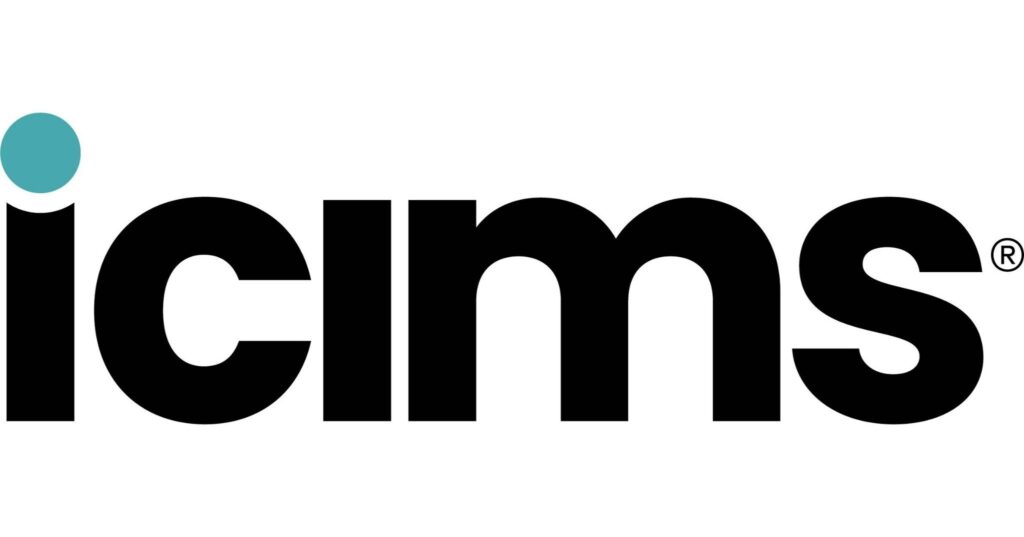The Skysnag Blog
How to Set Up DKIM for iCIMS?

DKIM works by adding a digital signature to outgoing email messages. This signature can be verified by the receiving email server, which can then determine whether or not the message has been tampered with during transit. In order for DKIM to work, the sending email server must generate a cryptographic signature, which consists of a private key and a public key. The private key is used to sign outgoing email messages, while the public key is published in the Domain Name System (DNS). When an email message is signed with DKIM, the signature is added as a header to the message. The receiving email server can then use the public key to verify the signature and confirm that the message has not been altered.
How to Set Up DKIM for iCIMS?
- To obtain a pair of CNAME records for activating DKIM authentication, get in touch with iCIMS support.
- Publish the two CNAME records that iCIMS has provided in the DNS for the iCIMS system.
- To maximize security, iCIMS does offer automatic DKIM key rotation without requiring you to manually renew your key periodically.
- Email domains used for sending must be specified by the owner because DKIM keys cannot be automatically transferred to any other email domain.
It is important to note that you must specify the email domain(s) to which the DKIM key will be applied in the authentication request.
Use our free DKIM record lookup tool to validate the published DKIM record.
Enable DMARC for your domains to protect against spoofing. Sign up for a free trial today!
For more information on iCIMS DKIM setup, you can refer to their reference documentation
Check your domain’s DMARC security compliance
Enforce DMARC, SPF and DKIM in days - not months
Skysnag helps busy engineers enforce DMARC, responds to any misconfigurations for SPF or DKIM which increases email deliverability, and eliminates email spoofing and identity impersonation.
